Although Flanagan stated that he wants to build his herd to its full potential, BLM plans to cut his AUM’s because his herd currently falls short of the full number, despite the fact that Rafter Y Ranch has been running cattle on BLM allotments for 20 years. If the BLM follows through on its plan to cut Flanagan’s grazing allotments by 50 percent, as he stated to the Garfield Board of Commissioners, “I’ll be out of business.”
Introduction by Editor
On Monday, March 19, Garfield County Commissioners John Martin, Mike Samson and Tom Jankovsky, ratified a Resolution supporting a western Colorado rancher’s right to graze cattle on his own allotments. Mackenzie Flanagan of Mack, Colorado owns the Rafter Y Ranch, a 105,000 acre spread which includes 27 pastures/grazing allotments, and covers areas of both Garfield and Mesa Counties. Garfield County’s Board of Commissioners have stepped in to defend Flanagan against attempts by the Bureau of Land Management (BLM) to dramatically cut the number of allotments on which he can legally graze his cows. During the meeting Flanagan stated, “We’re just having some issues with the BLM on some cattle numbers–AUM’s (Animal Unit Months) on being able to graze the public ground that we would like to.” Rafter Y Ranch has rights to AUM’s for about 1,000 head of cattle, but Flanagan’s herd currently numbers about 600. Although Flanagan stated that he wants to build his herd to its full potential, BLM plans to cut his AUM’s because his herd currently falls short of the full number, despite the fact that Rafter Y Ranch has been running cattle on BLM allotments for 20 years. If the BLM follows through on its plan to cut Flanagan’s grazing allotments by 50 percent, as he stated to the Garfield Board of Commissioners, “I’ll be out of business.”
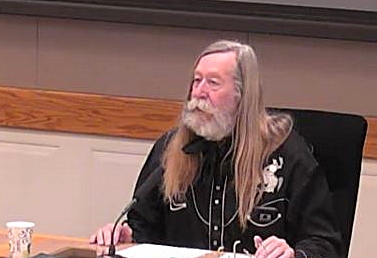
Cheat grass, a noxious, invasive weed that crowds out good grass, is often abundant on the range in western Colorado. Control of cheat grass is mentioned in the resolution. Although cattle may feed on it early in the season, when it is tender and green, as it matures and dries out, it is no longer suitable for grazing and may actually penetrate the cows’ mouths, skin, and eyes with its sharp, narrow barb-like seeds. High, dry cheat grass may be flammable later in the season and becomes potential fuel for big wildfires. Grazing cattle on the range in western Colorado during the spring is probably the most effective way in existence to mitigate cheat grass. Allowing cattle to graze early in the season is important to fire suppression later in the year. The Resolution suggests to the BLM that instead of cutting allotments and taking cattle off the range, that grazing be used to control western Colorado’s seasonal plague of cheat grass.

The Garfield BOCC is writing a similar Resolution supporting the Jack Farris Ranch, also in Garfield County, on similar grounds.
RESOLUTION NO. 18-____
A RESOLUTION OF GARFIELD COUNTY TO IDENTIFY LIVESTOCK GRAZING ON BOTH PRIVATE AND PUBLIC (BUREAU OF LAND MANAGEMENT (BLM) OR UNITED STATES FOREST SERVICE (USFS)) LANDS AS A CRITICAL ECONOMIC AND HISTORIC NECESSARY LIFESTYLE PROTECTED AND SUPPORTED UNDER THE COUNTY PLAN.
Recitals
A. WHEREAS, Garfield County, Colorado (the County) desires to preserve its ranching and livestock land base to provide sound resource and agricultural management that produces food and material stuffs essential to the County, Colorado and to the greatness and well being of the United States; and
B. WHEREAS, the County considers it is in the public interest to encourage the maintenance of a healthy, diverse and vibrant agricultural economy in the County and state to ensure adequate healthful and nutritious food and other animal products for the current residents of the County, state and country and for generations to come yet unborn; and
C. WHEREAS, the County has determined that establishing a Right to Farm and Ranch Policy pursuant to Colorado’s Right to Farm law (C.R.S. 35-3.5-101, 102) is desirable; it is the declared policy of the State of Colorado to conserve, protect, and encourage the development and improvement of its agricultural land for the production of food and other agricultural products; and
D. WHEREAS, protecting agricultural and ranch operators from complaints about legal, technically and resource sound and non-negligent agricultural operations and activity by individuals, environmental groups and federal agencies is desirable; and
E. WHEREAS, educating the public and non-agricultural residents about the existence, validity, and importance of the County’s agricultural operations and activities is desirable; and
F. WHEREAS, the County recognizes that young people entering the field of ranching and agriculture are declining in number throughout the County, Colorado and the nation as a whole and that this is a serious concern and issue to the continuation of agricultural business in America; and
G. WHEREAS, the County recognizes that young people entering the field of ranching and agriculture face serious and often insurmountable odds from the assault from some within and outside the state and some within federal and in the private sector who may have anti grazing and anti-agriculture agendas that have the express primary goal of limiting and/or removing livestock grazing from private and public lands by making it too expensive or controversial to continue; and
H. WHEREAS, the County recognizes the Rafter Y Ranch as good stewards on both the private and BLM administered public lands of the 27 pasture and 105,473 acre West Salt Common grazing allotment that falls within Mesa (approx. 40 percent), Garfield (approx. 59 percent) and Rio Blanco (less than 1 percent) Counties; and
I. WHEREAS, the County recognizes the concrete data and analysis corroborating that the Rafter Y Ranch grazing operations and their predecessors since 1993 to 1998 through 2018 on the West Salt Common grazing allotment have significantly and measurably improved and continue to improve the riparian conditions and habitats by improving ground water resources and habitats for wildlife on both their private and BLM administered lands through self-initiated responsible and responsive grazing practices; and
J. WHEREAS, the County recognizes that the current grazing active permitted use of 9,934 animal unit months (AUMs) on the BLM administered lands that are intermixed with 12 percent private lands is well within the carrying capacity of the West Salt Common allotment and should not be altered, changed or reduced; and
K. WHEREAS, the County recognizes the research and concrete findings that in most instances, dormant growing season grazing has little to no measurable adverse effect on herbaceous plant species or soil surface stability especially when the native and other plants receive 100 percent rest during every growing season every year; and
L. WHEREAS, the County recognizes the research and tangible findings that cheatgrass (Bromus tectorum) is an introduced species from the Mediterranean region; and
M. WHEREAS, the County recognizes the research and tangible findings that cheatgrass can, does and will spread due to its tenacious characteristics to areas with or without livestock influence; and
N. WHEREAS, the County recognizes the research and tangible findings that cheatgrass is a fire adapted species (cheatgrass achieves total dominance over native species, which are often not fire tolerant, if it is allowed to express its recurrent destructive fire cycles) and by being doing so, cheatgrass can and does create fire threats to property and human safety; and
O. WHEREAS, the County recognizes that cheatgrass dominated areas, or stead-state non-native communities, located in many areas within Garfield and neighboring Mesa County, are a product of earlier or historic fires that conferred dominant status to cheatgrass; and
P. WHEREAS, the County recognizes the volumes of research and tangible findings that targeted livestock grazing in the winter or dormant growing season on cheatgrass dominated communities that are nested in a mosaic of native species with cheatgrass to cheatgrass steady state communities can help manage the fire fuel loads of cheatgrass acting as a potential fire deterrent and slow or even potentially stop the domination and cheatgrass take over; and
Q. WHEREAS, the County understands that while targeted grazing is not an absolute remedy or fool-proof solution for the potential of future cheatgrass fires, that with no action, such as using livestock for targeted grazing, the research and findings show that fire is a foregone conclusion… not if but only when; and
R. WHEREAS, the County recognizes that the 17,552 acres of the Rabbit Valley pastures in the lower southern end of the 35 mile long West Salt Common allotment (approx. 17 percent of the allotment) fall within Mesa County and the McInnis Canyons National Conservation Area (MCNCA) and Black Ridge Canyons Wilderness managed by the BLM Grand Junction Field Office; and
S. WHEREAS, the County recognizes that the Rafter Y Ranch and their predecessors have through their own allotment management plan (AMP) for the 27 pasture allotment been practicing targeted cheatgrass dormant season grazing for over 20 years and this has contributed to the increasing presence of native perennial herbaceous species (grasses and forbs) in the Rabbit Valley pastures and the absence of catastrophic fire in the MCNCA for over 20 years; and
T. WHEREAS, the County recognizes and has discussed the absence of fire with Mesa County and finds, along with Mesa County, that the public’s safety and the safety of property that have resulted are to be commended and should be continued to be managed for; and
NOW, THEREFORE, IS IT RESOLVED by the Board of County Commissioners of Garfield County, Colorado, that:
1. It is the policy of Garfield County to preserve, protect and encourage the development and improvement of agricultural activities and practices for food production and other agricultural products.
2. It is the policy of Garfield County to encourage, assist and promote young ranching families within Garfield County to insure the continuation of food production and other agricultural products for the County, Colorado and America for generations to come.
3. It is the policy of Garfield County to investigate or review actions of the BLM and, where it finds on behalf of the rancher, that the BLM actions are not supported or necessary, advise the BLM that they may be overreaching and impacting the ranchers livelihood and the overall County economy and stability in an adverse manner.
4. It is the findings of Garfield County that any change to the active permitted use on the West Salt Common Allotment is improper and unnecessarily impacts the permittee in an adverse economic and operational manner. This permittee is currently a good public and private land steward.
5. It is the findings of Garfield County that any uncoordinated and uncooperative change to the fire fuel load management being practiced by the Rafter Y Ranch during dormant season grazing would potentially create a clear and present fire danger to the recreational and other publics and property, as well as, adversely impacting the vegetation and soils resources. Thus, any such action or change may be considered an irresponsible act by those initiating it.
6. It is the findings of Garfield County that the County has a vested and tangible economic, social and elected representative interest in any adverse action taken by the BLM on the West Salt Common allotment or any other grazing allotment and any future results or effects, thereof. As such, the County may, and reserves the right to, intervene in an adverse legal action on behalf of the permittee, Rafter Y Ranch or any other targeted grazing permittee action taken by BLM or other parties.
7. Should any provision, section, paragraph or subparagraph of this resolution and policy, be declared null and void, illegal, unconstitutional, or otherwise determined to be unenforceable by a court of competent jurisdiction, it will not affect the validity, legality, or enforceability of any other portion of the text.
8. The Board will review this Resolution within one year to determine whether to continue the resolution as written, change it or repeal it. If it is not repealed, it will be reviewed within five years from the date this resolution is adopted.
Free Range Report
Thank you for reading our latest report, but before you go…
Our loyalty is to the truth and to YOU, our readers!
We respect your reading experience, and have refrained from putting up a paywall and obnoxious advertisements, which means that we get by on small donations from people like you. We’re not asking for much, but any amount that you can give goes a long way to securing a better future for the people who make America great.
[paypal_donation_button]
For as little as $1 you can support Free Range Report, and it takes only a moment.
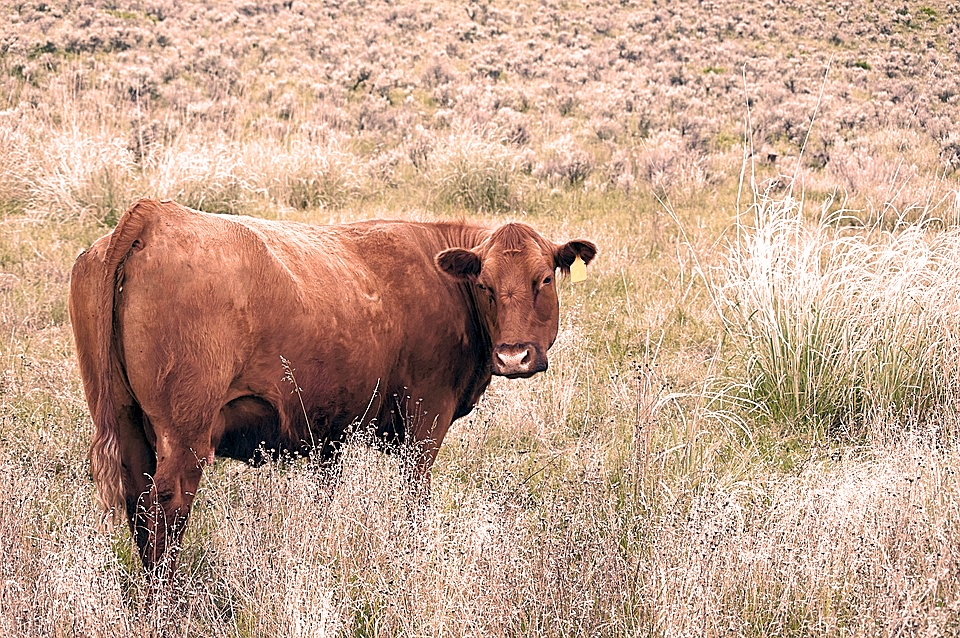
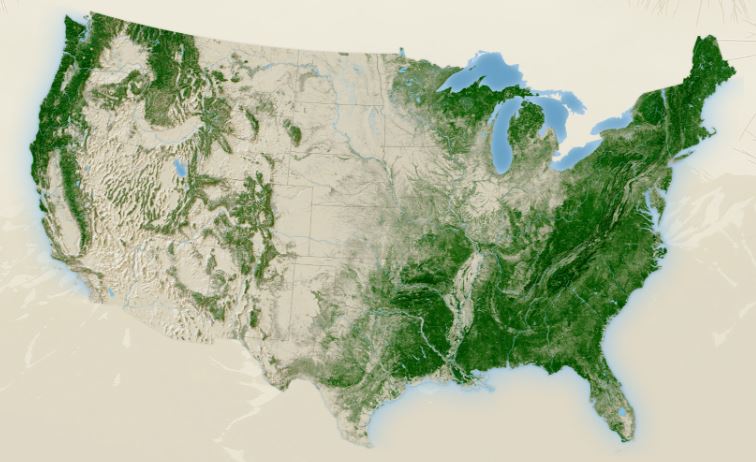
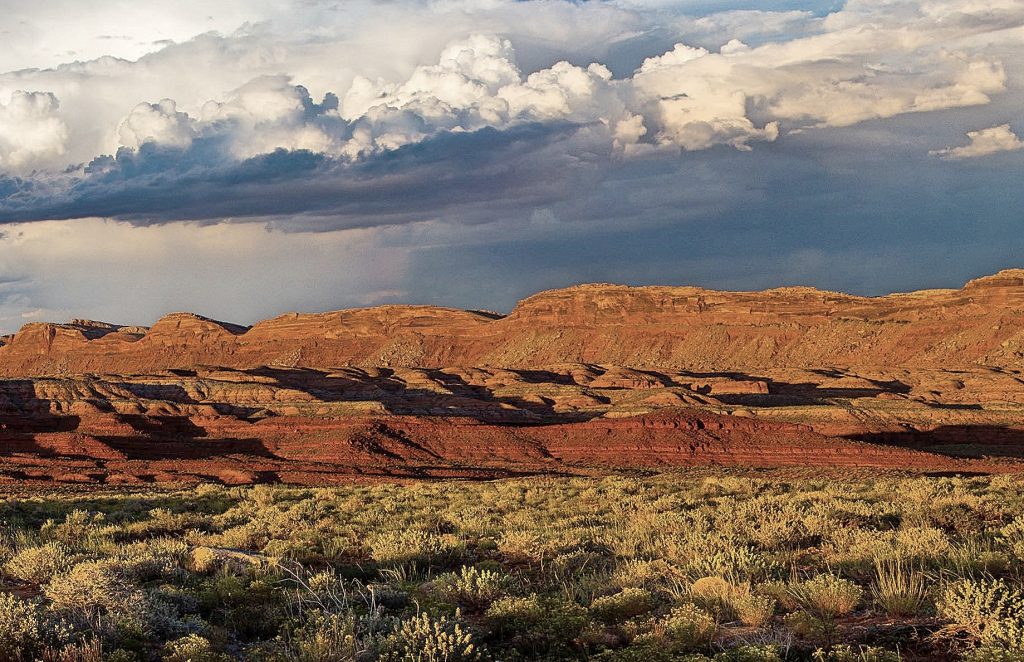
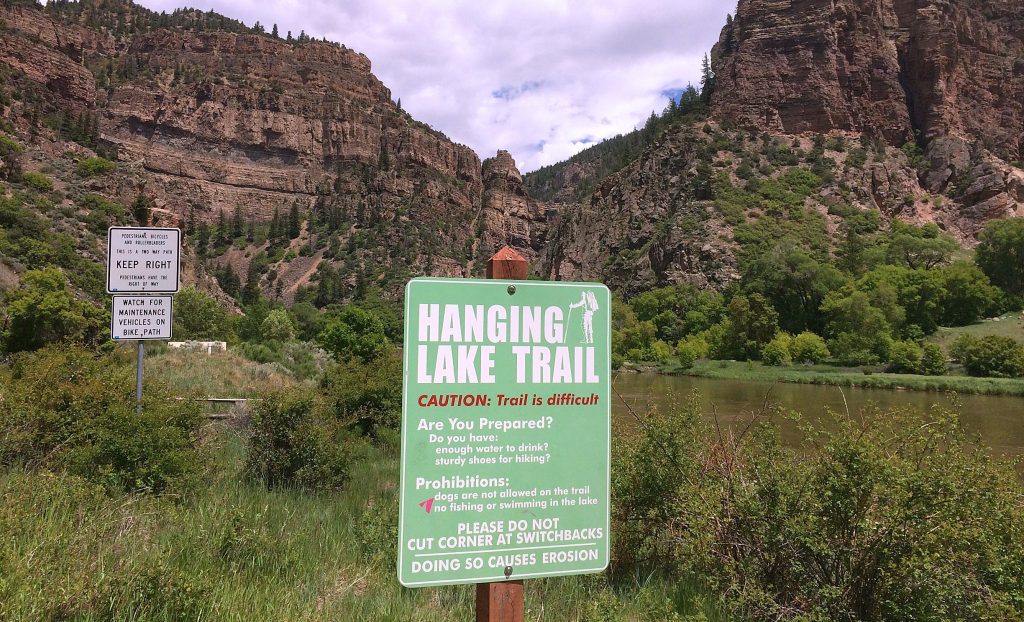
If more people like the Garfield County Commissioners would stand up publically for their ranchers,
the mindless bureaucrats with NO common sense, still in the Bureau of Land Management,
would soon be blocked (and check-mated), in their idiotic and inane “policies.”